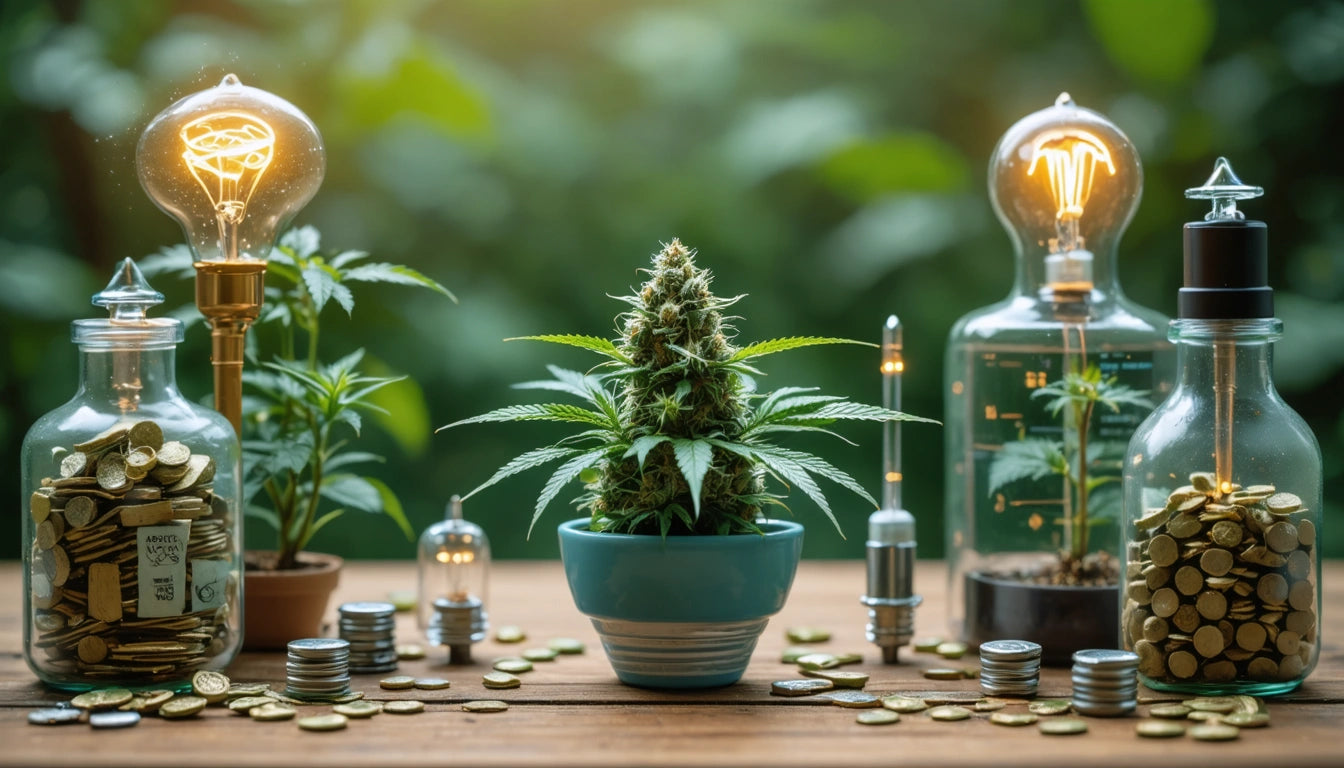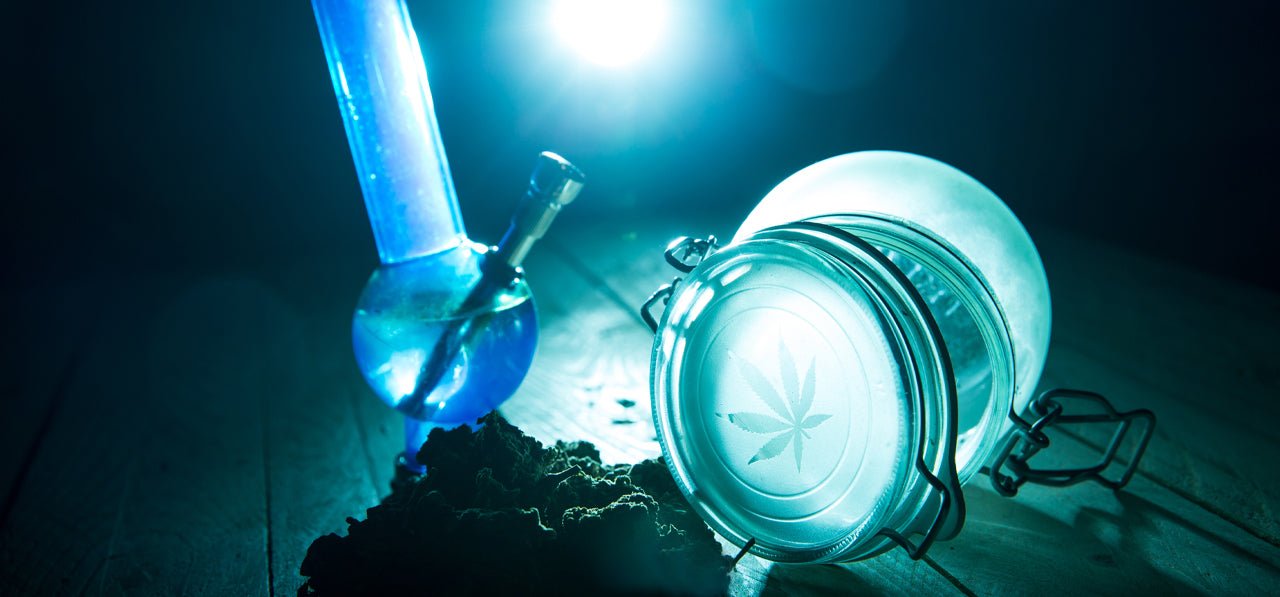Table of Contents
- What is THC Wax: Definition and Properties
- What Does THC Wax Look Like: Visual Identification
- How is THC Wax Made: Production Methods
- How to Make THC Wax at Home: Safety and Techniques
- How to Use THC Wax: Consumption Methods
- What is CRC Wax: Understanding Color Remediation
- Storage Best Practices for Maintaining Potency
Understanding THC Wax: Production, Appearance, and Usage Guide
THC wax represents one of the most potent and versatile cannabis concentrates available today. With its high cannabinoid concentration and variety of textures, this concentrate has gained popularity among experienced cannabis consumers seeking stronger effects and diverse consumption methods. This comprehensive guide explores what THC wax is, its appearance, production methods, and proper usage techniques.
What is THC Wax: Definition and Properties
THC wax is a cannabis concentrate created by extracting cannabinoids and terpenes from the plant material, resulting in a highly potent product. Typically containing 60-90% THC, wax delivers significantly stronger effects than traditional flower, which averages 15-25% THC content. The consistency resembles beeswax, hence the name, though textures can vary from crumbly to smooth depending on production methods and starting material.
Unlike other concentrates such as oils or tinctures, wax offers distinct advantages over traditional flower, including more intense effects, faster onset, and often a purer flavor profile that highlights the plant's terpenes.
What Does THC Wax Look Like: Visual Identification
THC wax appears in several distinctive forms, each with unique visual characteristics:
- Budder/Batter: Smooth, creamy consistency similar to butter or cake batter
- Crumble: Dry, crumbly texture that breaks apart easily
- Honeycomb: Solid but porous structure resembling a honeycomb
- Shatter: Glass-like, transparent solid that breaks into pieces
- Sugar: Crystalline texture similar to wet sugar
Colors typically range from golden amber to deep yellow, though variations can include greenish tints (indicating plant material) or lighter hues (often seen in CRC-processed wax). High-quality wax generally displays a consistent color throughout and lacks dark spots or plant particles.
For proper storage and display of THC wax products, many dispensaries utilize specialized concentrate packaging options that maintain freshness while showcasing the product's visual characteristics through transparent windows.
How is THC Wax Made: Production Methods
Professional THC wax production employs several extraction methods, each yielding different results:
Butane Extraction (BHO)
The most common commercial method uses butane as a solvent to strip cannabinoids and terpenes from plant material. The solution undergoes purging in a vacuum oven to remove residual solvents. This technique produces various consistencies including shatter, budder, and crumble depending on post-processing techniques.
COâ‚‚ Extraction
Using pressurized carbon dioxide, this method offers a solventless alternative considered safer and more environmentally friendly. The resulting wax typically has a more refined flavor profile but often costs more due to the sophisticated equipment required.
Rosin Press
This solventless technique applies heat and pressure to cannabis flower or hash, squeezing out the resinous compounds. Rosin production is popular for home producers as it requires minimal equipment and no dangerous solvents.
How to Make THC Wax at Home: Safety and Techniques
While commercial production utilizes industrial equipment, home production methods exist with varying degrees of safety and quality:
Safe Home Methods
For those wondering how to make THC wax at home safely, these options minimize risk:
- Rosin Press Method: Using a hair straightener or dedicated rosin press to apply heat and pressure to flower between parchment paper
- Ice Water Extraction: Creating bubble hash through agitation in ice water, then pressing the collected trichomes
- Dry Sift Method: Using fine mesh screens to separate trichomes from plant material
Home production guides emphasize that solventless methods are significantly safer for inexperienced producers. Attempting butane extraction at home has resulted in numerous explosions, fires, and injuries due to the highly flammable nature of the solvents.
How to Use THC Wax: Consumption Methods
THC wax offers versatile consumption options:
Dabbing
The most popular method involves heating a specialized nail or banger with a torch or electronic heating element, then applying a small amount of wax to the heated surface. The resulting vapor is inhaled through a water pipe or dab rig. This method delivers intense, immediate effects.
Vaporizing
Dedicated wax vaporizers and pens offer a more portable, discreet option without requiring a torch. These devices heat the concentrate to precise temperatures, often preserving more terpenes than traditional dabbing.
Adding to Flower
Adding small amounts of wax to ground flower before smoking in a pipe, bong, or joint (known as "twaxing") enhances potency. Various methods for smoking THC wax with flower can provide a middle ground between traditional smoking and pure concentrate consumption.
What is CRC Wax: Understanding Color Remediation
Color Remediation Column (CRC) technology represents an additional filtering process used in some wax production. This technique passes the extract through materials like activated charcoal, bentonite clay, or silica to remove impurities, chlorophyll, and plant pigments.
The result is typically a lighter-colored, sometimes nearly white product. While CRC can improve the appearance and sometimes the flavor of lower-quality starting material, debate exists in the cannabis community about whether it masks quality issues or genuinely improves the product.
When evaluating what is CRC wax versus traditional extracts, consumers should consider that color alone isn't a reliable indicator of quality. Terpene preservation, effect profile, and production transparency matter more than appearance.
Storage Best Practices for Maintaining Potency
Proper storage extends the shelf life and maintains the quality of THC wax:
- Store in airtight, silicone or glass containers
- Keep away from direct light, heat, and humidity
- Refrigeration can preserve terpenes for longer periods
- Avoid frequent temperature changes that degrade cannabinoids
THC wax does eventually degrade, but proper storage can maintain quality for 6-12 months. Producers and dispensaries typically package concentrates in specialized containers that protect from environmental factors while allowing visual inspection of the product.
Understanding what THC wax is, how it's produced, and how to use it properly allows consumers to make informed decisions about this potent cannabis concentrate. Whether purchased from dispensaries or carefully produced at home using safe methods, wax offers experienced users a high-potency option with diverse consumption possibilities.











Leave a comment
All comments are moderated before being published.
This site is protected by hCaptcha and the hCaptcha Privacy Policy and Terms of Service apply.